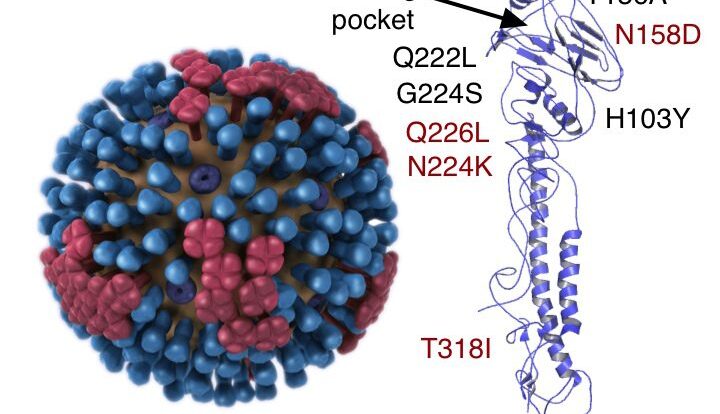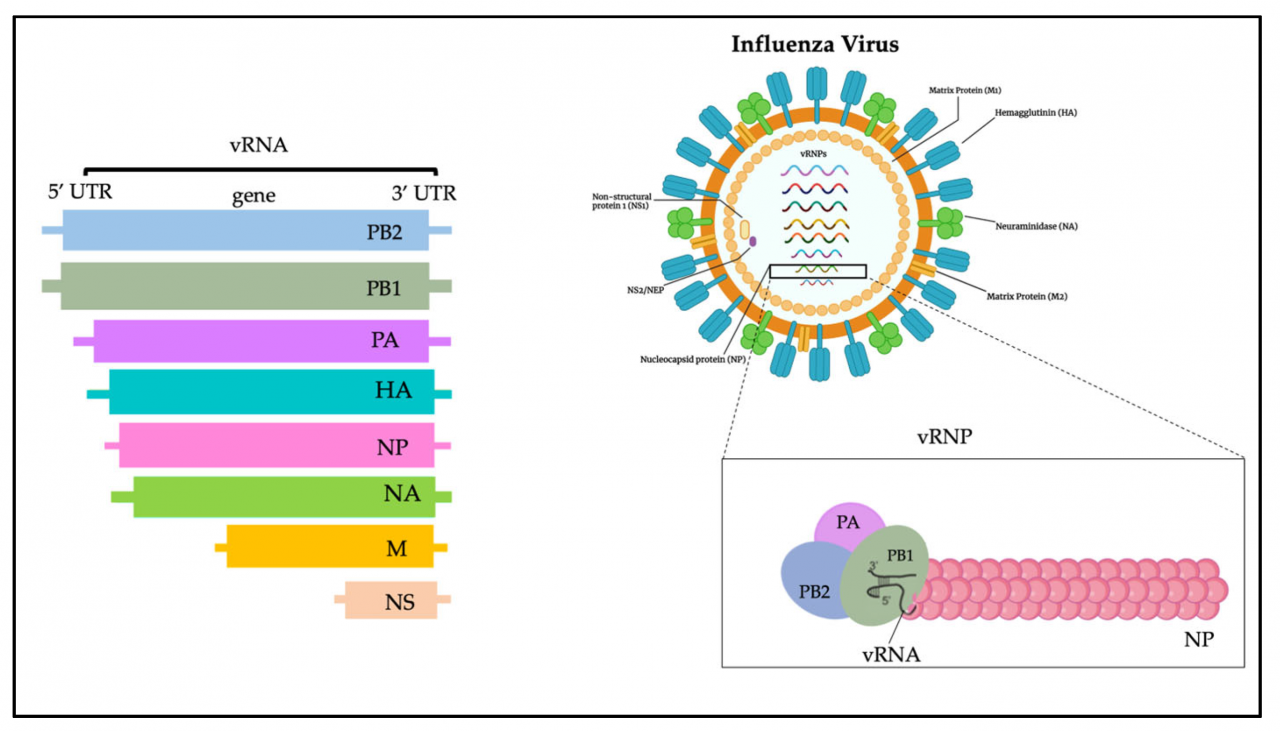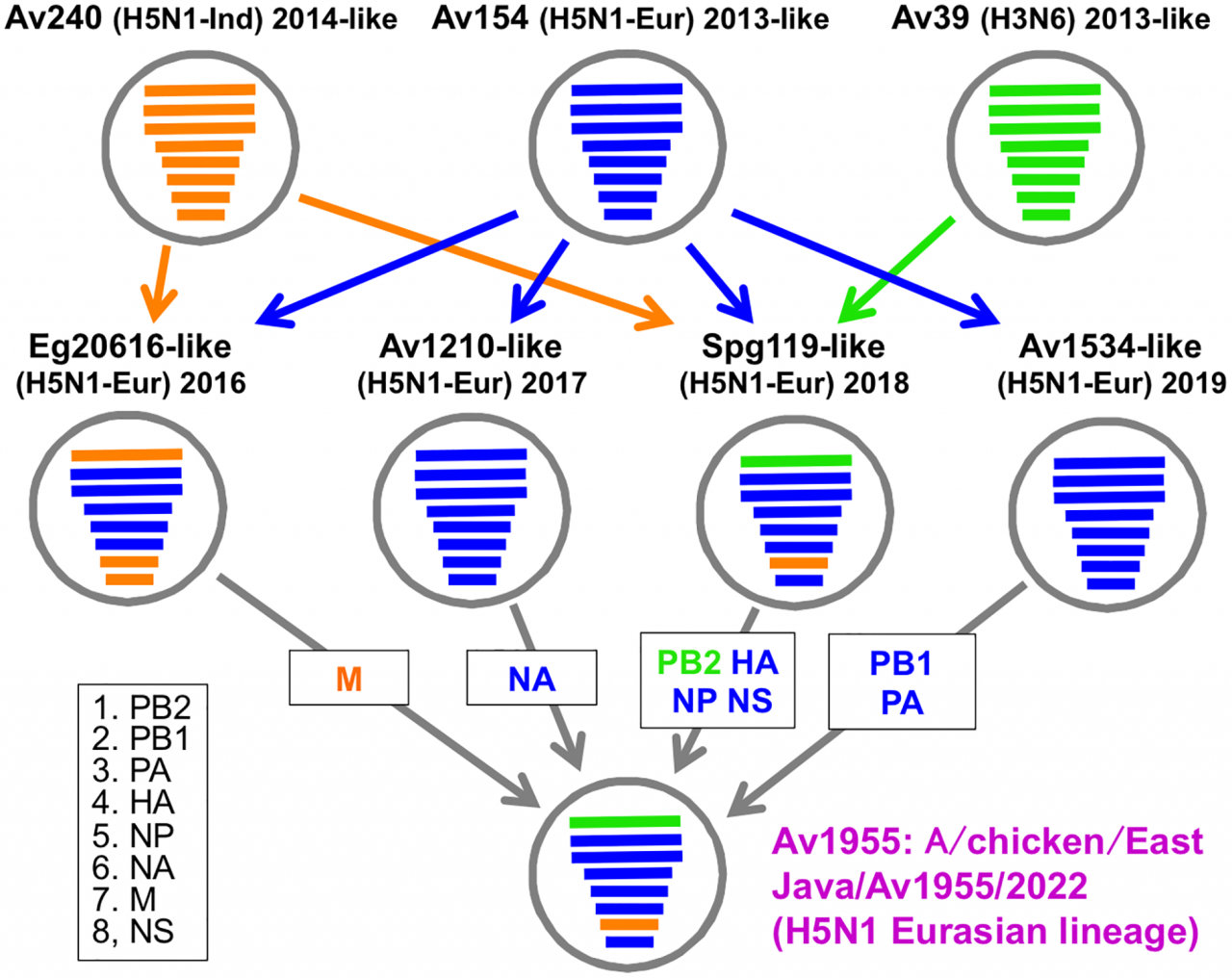
H5N1 airborne, a highly pathogenic avian influenza virus, has raised global concerns due to its potential to cause severe respiratory illness in humans. This virus, with its unique characteristics and transmission patterns, demands our attention to mitigate its impact on public health and the economy.
With its origins in wild birds, H5N1 has evolved to infect poultry and has occasionally crossed the species barrier to humans, resulting in sporadic outbreaks. The virus’s ability to spread through respiratory droplets and contaminated surfaces poses a significant challenge to containment efforts.
H5N1 Airborne: An Overview

H5N1 airborne refers to the transmission of the highly pathogenic avian influenza A virus (H5N1) through the air. The virus primarily affects birds, but it can also infect humans and cause severe respiratory illness. Understanding the nature, transmission, and impact of H5N1 airborne is crucial for public health and pandemic preparedness.
Definition and Overview
H5N1 is a subtype of the influenza A virus that primarily affects birds. It is a highly contagious virus that can cause severe respiratory disease in both birds and humans. H5N1 airborne transmission occurs when infected birds or humans release respiratory droplets or aerosols containing the virus into the air.
These droplets or aerosols can remain suspended in the air for a period of time and can be inhaled by others, leading to infection.
H5N1 was first identified in 1996 in Hong Kong, where it caused an outbreak in poultry. Since then, the virus has spread to multiple countries around the world, causing sporadic outbreaks in both birds and humans.
Transmission and Spread
H5N1 is primarily transmitted through contact with infected birds or their secretions. This can occur through direct contact with infected birds, handling contaminated poultry products, or exposure to environments contaminated with the virus, such as poultry farms or live bird markets.
Human-to-human transmission of H5N1 is rare, but it has been reported in a few cases. Close contact with an infected person, such as sharing the same household or providing care, can increase the risk of transmission.
To prevent the spread of H5N1, it is important to practice good hygiene, avoid contact with infected birds or their secretions, and follow recommended biosecurity measures in poultry farms and live bird markets.
Symptoms and Impact
H5N1 infection in humans can cause a range of symptoms, from mild respiratory illness to severe pneumonia and respiratory failure. Symptoms typically appear within 2-7 days of exposure to the virus and may include:
- Fever
- Cough
- Sore throat
- Muscle aches
- Headache
- Fatigue
In severe cases, H5N1 infection can lead to pneumonia, acute respiratory distress syndrome (ARDS), and multiple organ failure. The mortality rate for H5N1 infection is estimated to be around 50-60%.
Prevention and Treatment, H5n1 airborne
There are several measures that can be taken to prevent H5N1 infection, including:
- Avoiding contact with infected birds or their secretions
- Practicing good hygiene, such as frequent handwashing and avoiding touching the face
- Wearing appropriate personal protective equipment (PPE) when handling poultry or working in poultry farms
- Implementing biosecurity measures in poultry farms and live bird markets
There is no specific treatment for H5N1 infection, but supportive care can help to improve outcomes. This may include antiviral medications, oxygen therapy, and mechanical ventilation in severe cases.
Research and Development
Ongoing research efforts are focused on understanding the H5N1 virus, developing new vaccines and treatments, and improving pandemic preparedness. Researchers are studying the virus’s genetic evolution, transmission patterns, and virulence to identify potential risks and develop effective control measures.
Several candidate vaccines against H5N1 are currently under development, and some have shown promising results in clinical trials. These vaccines aim to provide protection against different strains of the virus and reduce the severity of infection.
Concluding Remarks: H5n1 Airborne

Understanding the nature of H5N1 airborne, its modes of transmission, and preventive measures is crucial for safeguarding public health. Ongoing research and surveillance are essential to stay ahead of the virus’s evolution and develop effective vaccines and treatments. By working together, we can minimize the impact of H5N1 and protect ourselves from its potential threats.







